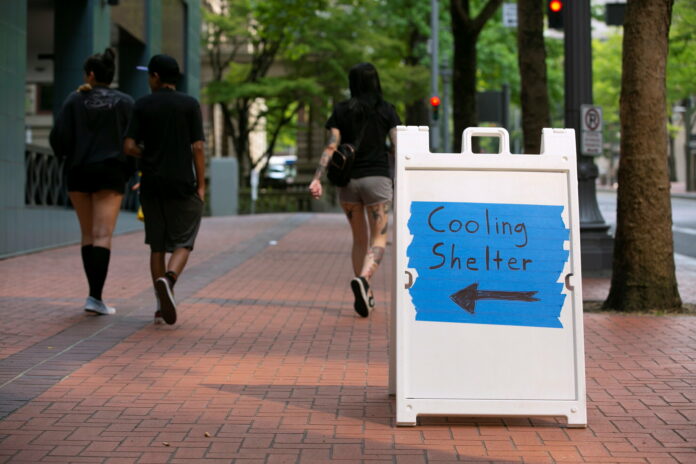In the middle of Phoenix, the nation’s hottest metropolitan city, hundreds of sweaty tents provide no reprieve as thousands of homeless people try to survive in the triple-digit July heat.
Hundreds of individuals are now living on the hot streets because of pandemic-era evictions and rising prices. The streets are unusually silent in the middle of the day when temperatures are at their maximum.
During a heat wave earlier this month, temperatures climbed to 114 degrees, while highs last year hit 118 degrees, the news site reported.
”During the summer, it’s really hard to locate a location at night that’s cool enough to sleep without the cops pushing you off,” Chris Medlock, a homeless Phoenix man said in an interview.
Medlock packs all he has in a tiny rucksack and often sleeps in a park or a neighboring desert preserve to avoid the throng.
At a dining area where the homeless may find shade and receive a free meal, he stated, “If a kind soul could just offer a place on their couch inside, maybe more people would live.”
Heat leads to roughly 1,500 deaths nationwide each year, which is more weather-related deaths from heat than from flooding, hurricanes, and tornadoes combined.
Advocates believe that roughly half of heat-related deaths are homeless persons.
As climate change pushes rising temperatures practically everywhere, they are combining with severe drought in certain regions to generate longer, more frequent and more violent heat waves.
The effect has been that the past several summers have been among the warmest ever noted.
In Phoenix, 339 individuals died from heat-related causes last year, including at least 130 homeless people.
More measures are required, according to climate scientist David Hondula, head of Phoenix’s new Office of Heat Response and Mitigation, to safeguard at-risk groups from severe weather, particularly the homeless, who have a 200-fold increased risk of dying from heat-related causes.




